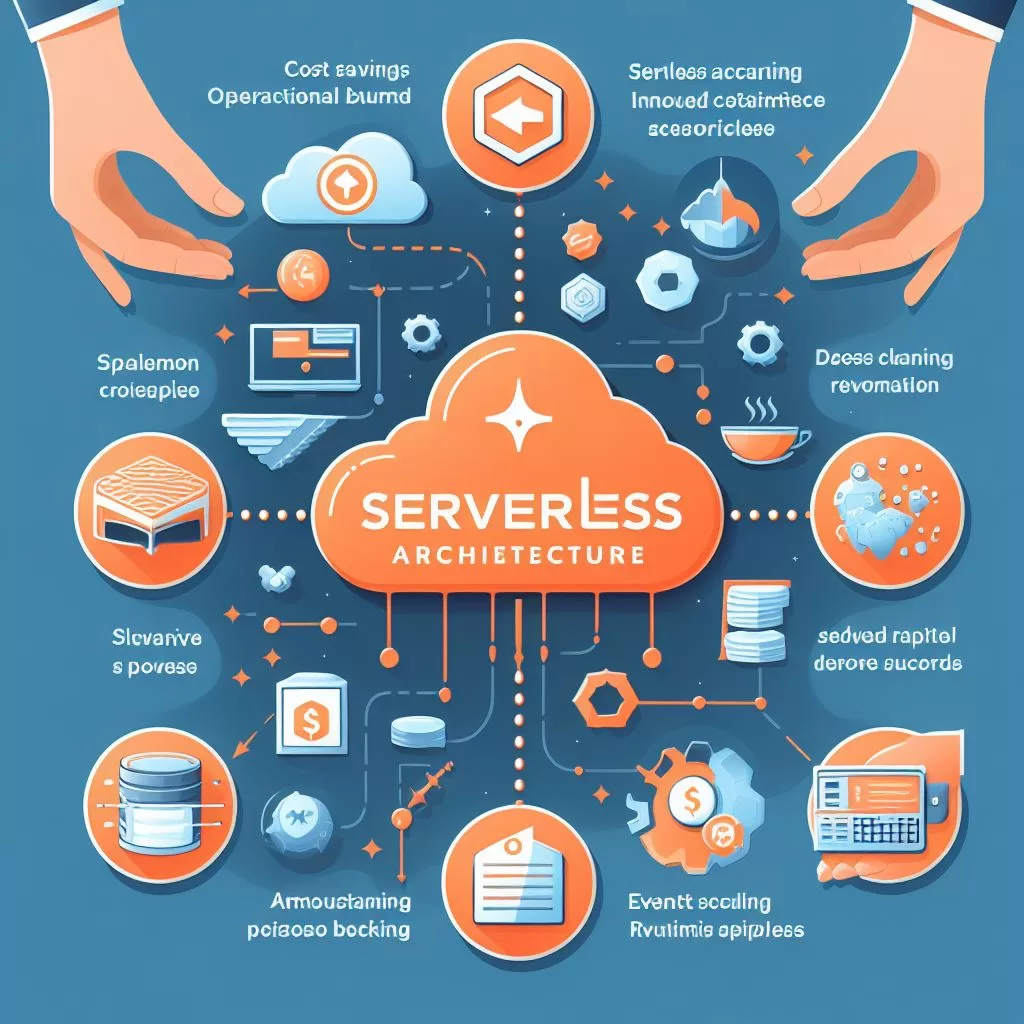Serverless computing offers several benefits that make it an attractive option for building and deploying applications:
1. **Scalability**: Serverless platforms automatically scale resources up or down based on demand. This elasticity allows applications to handle varying workloads without manual intervention, ensuring optimal performance and cost-efficiency.
2. **Cost Savings**: With serverless computing, you only pay for the compute resources consumed during the execution of your code, rather than paying for pre-allocated capacity. This pay-per-use pricing model can result in significant cost savings, especially for applications with unpredictable or variable workloads.
3. **Reduced Operational Overhead**: Serverless platforms abstract away the underlying infrastructure management, including provisioning, scaling, monitoring, and maintenance. This reduces the operational overhead for developers, allowing them to focus more on writing code and delivering business value.
4. **Faster Time to Market**: Serverless architectures promote rapid development and deployment cycles. Developers can quickly iterate on their code, deploy updates, and roll back changes with minimal downtime. This agility enables faster time to market for new features and applications.
5. **Improved Scalability and Resilience**: Serverless architectures are inherently scalable and resilient. Functions are distributed across multiple servers, and the platform automatically handles load balancing and fault tolerance. This ensures high availability and reliability for applications, even during traffic spikes or failures.
6. **Event-Driven Architecture**: Serverless applications are typically event-driven, responding to events triggered by various sources such as HTTP requests, database changes, or messaging queues. This event-driven architecture enables reactive and decoupled systems, making it easier to build scalable and loosely coupled applications.
7. **Focus on Business Logic**: With serverless computing, developers can focus solely on writing code to implement business logic, without worrying about the underlying infrastructure. This allows teams to be more productive and innovative, as they can spend less time on infrastructure management and more time on delivering value to customers.
Overall, serverless computing offers numerous benefits, including scalability, cost savings, reduced operational overhead, faster time to market, improved resilience, and a focus on business logic. These advantages make serverless a compelling choice for a wide range of applications and use cases.
Share via:



